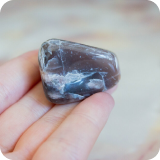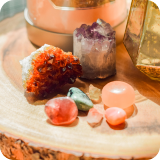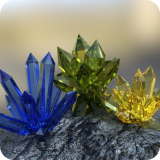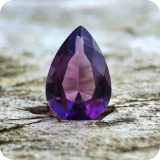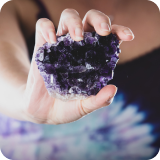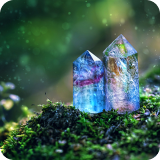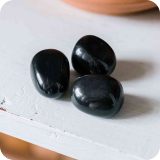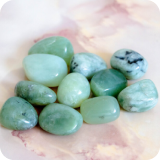- Overview of Minerals vs. Gemstones vs. Crystals vs. Stones vs. Rocks vs. Mineraloids
- Differences Between Minerals vs. Gemstones vs. Crystals vs. Stones vs. Rocks vs. Mineraloids
- Similarities Between Minerals vs. Gemstones vs. Crystals vs. Stones vs. Rocks vs. Mineraloids
- 8 Crystals and What They Are
- FAQs
- Identify Your Crystals, Minerals, Stones, and Gems Correctly!
In the crystal healing world, it is common to see the words gemstone, crystal, stone, and rock used interchangeably. Did you know that these words actually refer to specific types of things in geology?
This article will help you understand the difference between rocks and minerals and gemstones and crystals, making you an expert rockhound by the end!
Overview of Minerals vs. Gemstones vs. Crystals vs. Stones vs. Rocks vs. Mineraloids
Many words are used to identify and describe those beautiful objects found in nature. But what do they mean? Let’s break down the different ways of classifying objects in geology and the commercial world to help you figure out what you have in your crystal collection!
Mineral Definition + Five Examples
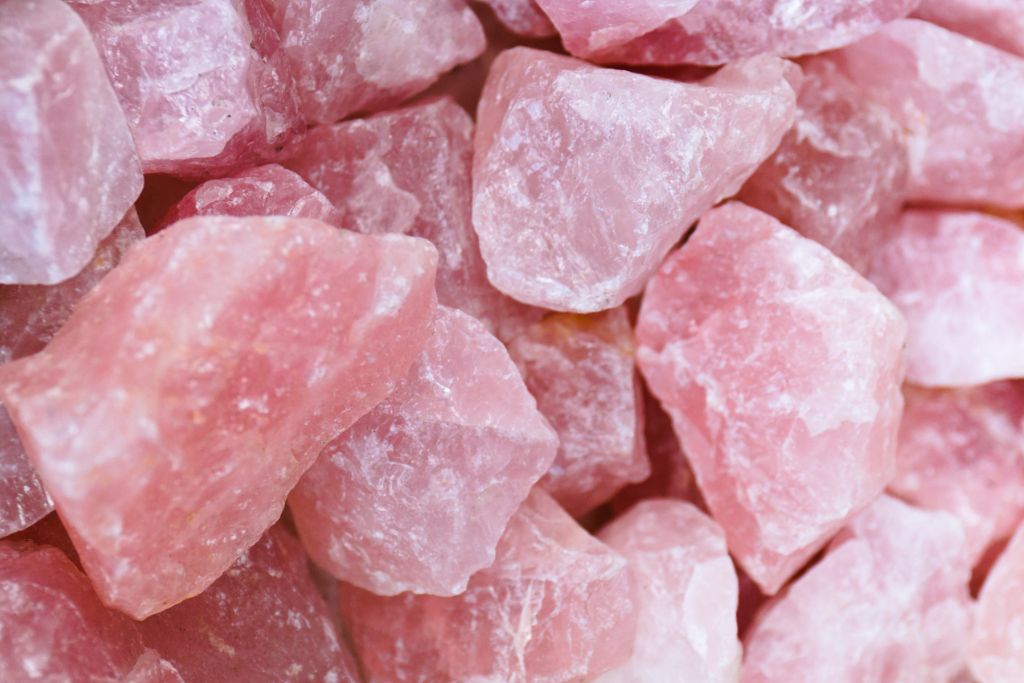
A mineral is a natural substance with distinct chemical and physical properties. It is a homogeneous solid, meaning it cannot be physically broken down into simpler chemical compounds. The internal atomic structure of minerals is highly organized, and minerals are always solid.
Sometimes, minerals will have inclusions of impurities, creating specific varieties. For example, Citrine is a variety of the mineral Quartz, with inclusions of hydrous iron oxide, giving it its color.
Here are five examples of minerals:
Gemstone Definition + Five Examples
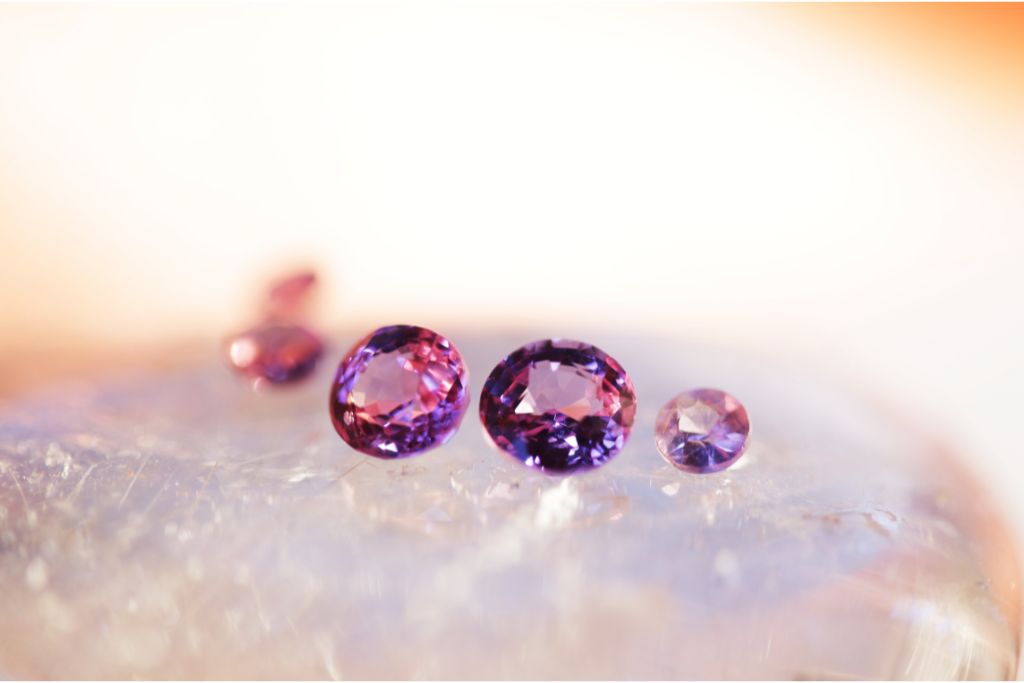
The word “gemstone” refers to crystals that have been cut and polished. However, we don’t just use the term “gemstone” to describe crystals. We also class certain rocks or organic materials as “gemstones,” as the word reflects desirable objects that are valued for their beauty and durability.
Gemstones are usually made into jewelry, but they have been used for other artistic and religious purposes, such as engravings and carvings. People tend to classify gemstones as either precious or semi-precious.
Here are five examples of gemstones:
Crystal Definition + Five Examples
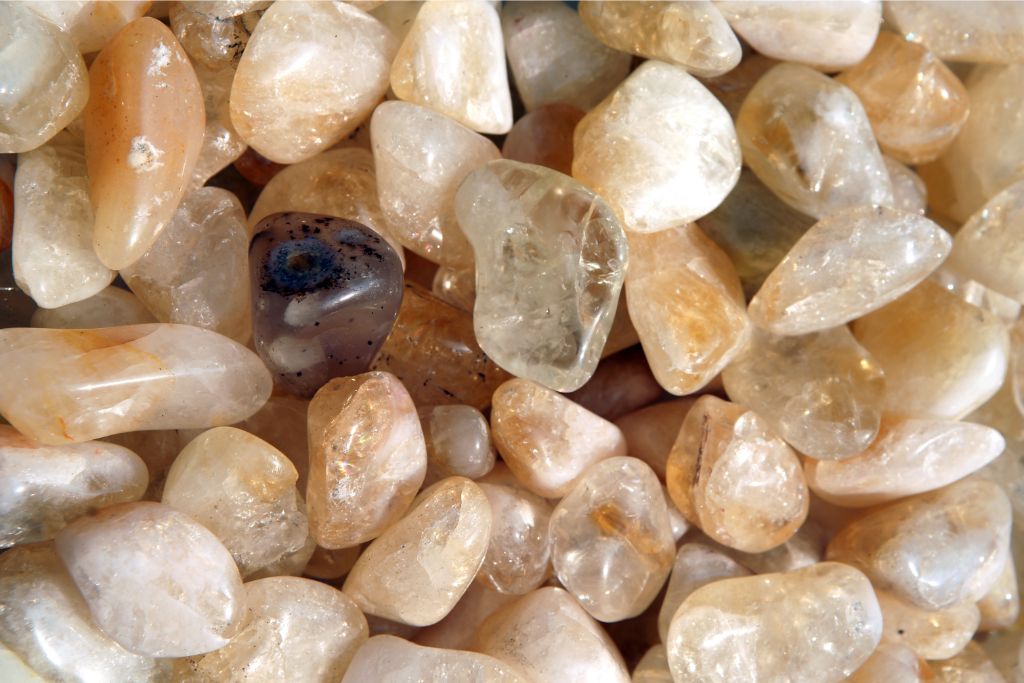
Crystals are solid objects with a repeating arrangement of atoms forming a crystal lattice system. They are created from the crystallization of minerals and are not a part of an aggregate solid. Crystals have a distinct shape and can be natural or synthetic.
Crystals are defined by groups that share the same chemical composition. However, the crystals in the group differ because of impurities, geological changes, and other influences.
Here are five examples of crystals:
Stone Definition + Five Examples
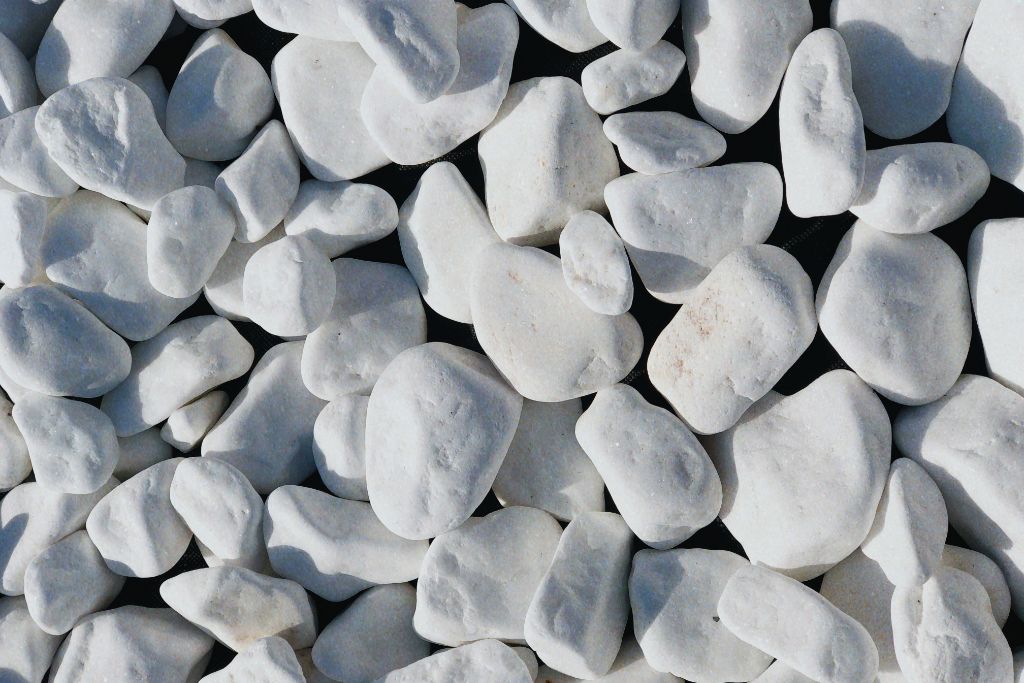
The term “stone” refers to any hard substance that comes from the ground. It is formed from mineral matter but is not metallic. Stones are usually used for construction, and the term can be used to describe many rocks.
Here are five examples of stones:
Rock Definition + Five Examples
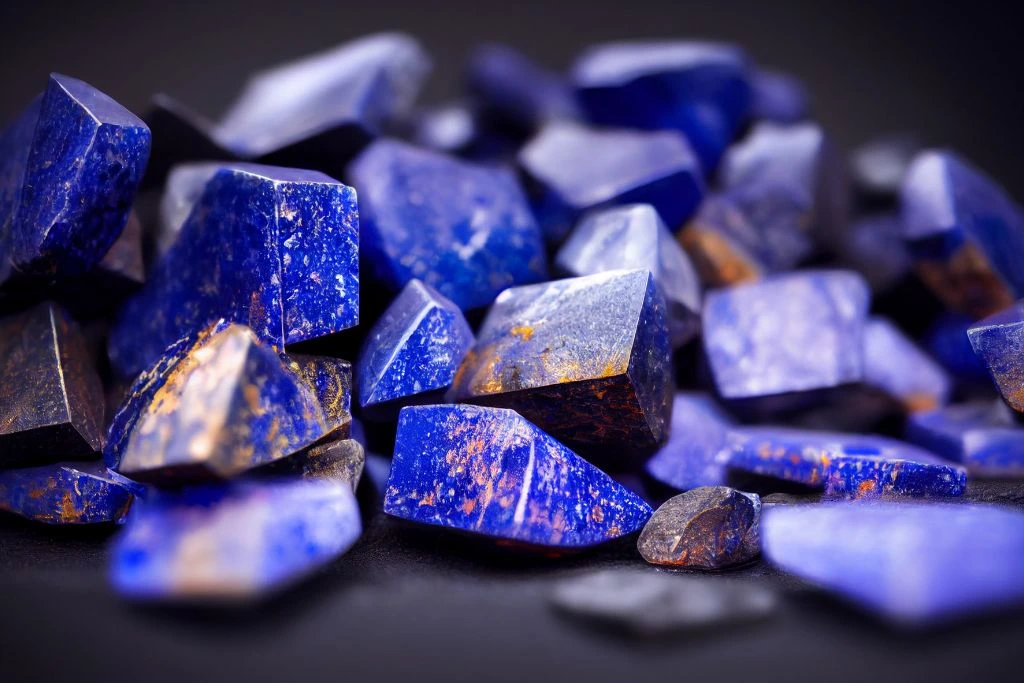
In geology, the term “rock” describes an aggregate of more than one mineral. They are categorized by how they are formed, the minerals within them, and their chemical composition. Scientists have three different groups that define the rocks in the natural world, and these groups are igneous, sedimentary, and metamorphic.
Igneous rocks are formed when lava released by volcanoes is solidified. Sedimentary rocks are formed when sediments, such as sand or clay, settle down and are compressed. Metamorphic rocks form when existing rocks experience intense geological forces.
Here are five examples of rocks:
- Lapis Lazuli
- Obsidian
- Unakite
- Quartzite
- Peridotite
Mineraloid Definition + Five Examples
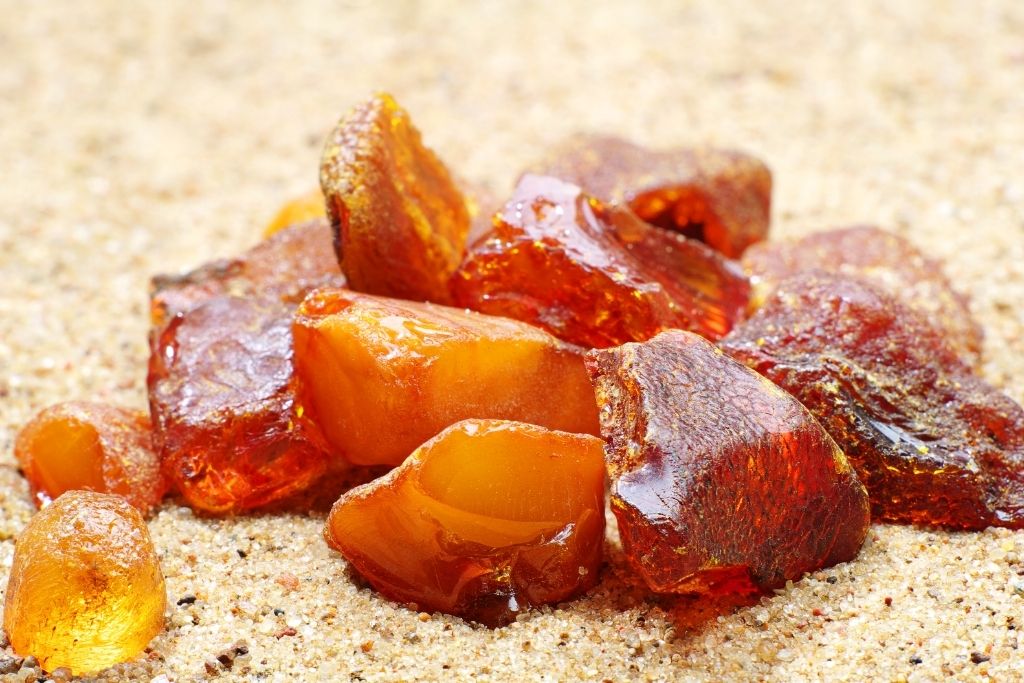
Mineraloids are naturally occurring substances that are like minerals but do not share the same crystallinity. They lack the ordered atomic structure needed to be defined as a mineral and thus are classified in their own way. Mineraloids all form under very similar circumstances in low-pressure and low-temperature environments.
What is defined as a mineraloid and what is not is up for debate in the geology community. However, many agree that mineraloids fall into four categories: glass, animal-based, plant-based, and liquid.
Here are five examples of mineraloids:
Differences Between Minerals vs. Gemstones vs. Crystals vs. Stones vs. Rocks vs. Mineraloids
Now that we know the definitions of these different words, we can explore their similarities and differences to help you understand what they refer to in geology.
So, what key differences can we make to distinguish between minerals, gemstones, crystals, stones, rocks, and mineraloids?
What They Consist of
A critical difference between these classifications is what they consist of. Rocks consist of more than one mineral, whereas crystals contain one mineral. There is no specific chemical composition in rocks, unlike in crystals.
Minerals are materials that consist of a defined chemical composition. Crystals are a specific type of mineral, with the term referring to how the mineral grows. Certain minerals can form different kinds of crystals depending on how they grow.
Shape
Crystals and minerals have a defining shape, whereas rocks and mineraloids do not. The structure within crystals and minerals is very organized compared to mineraloids and rocks.
Where They Come From
Minerals are always natural, whereas crystals can be synthetic. Certain types of rocks can also be manmade, as rocks don’t, by definition, need to be natural.
Mineraloids are natural, but they can come from plants or animals, which distinguishes them from minerals, which can’t. For example, Amber is a mineraloid as it comes from fossilized trees.
Solidity
Crystals, minerals, and rocks are all solid materials, whereas mineraloids can be liquid. Water and Mercury are often defined as mineraloids because of their definite chemical composition.
Similarities Between Minerals vs. Gemstones vs. Crystals vs. Stones vs. Rocks vs. Mineraloids
As you can see, there are similarities in the geology world, with particular objects being classed as both mineral and crystal or both mineraloid and gemstone. We have created this table to help you understand the similarities between minerals, gemstones, crystals, stones, rocks, and mineraloids.
| Type | Occurrence | Composition | Structure | Solidity |
| Minerals | Natural | Inorganic | Organized | Solid |
| Gemstones | Natural or Manmade | Organic or Inorganic | Organized or Random | Solid |
| Crystals | Natural or Manmade | Inorganic | Organized | Solid |
| Stones | Natural | Inorganic | Random | Solid |
| Rocks | Natural | Inorganic | Random | Solid |
| Mineraloids | Natural | Organic or Inorganic | Random | Solid and Liquid |
8 Crystals and What They Are
Now, it is time to dive into your crystal collection and discover what your favorite specimens actually are! Let’s go through some common “crystals” and find out what they are classified as in geology.
Diamond
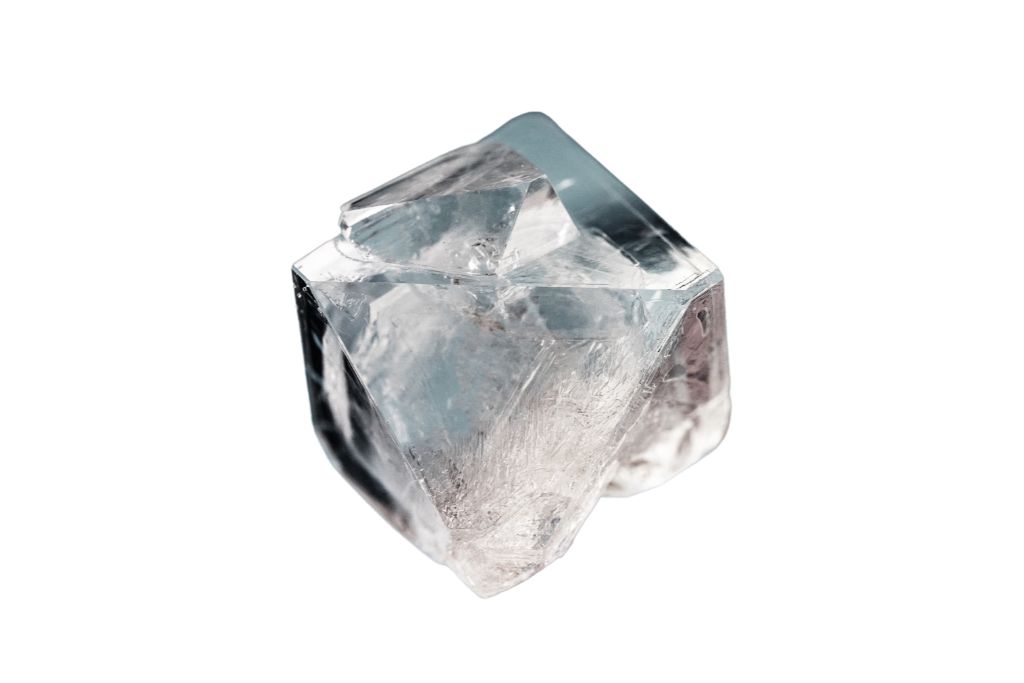
Diamond is classified as a mineral, a crystal, and a gemstone. However, Diamond crystals made in a laboratory can not be classed as minerals. Diamond consists of pure carbon and is the hardest mineral on Earth.
Diamonds have a wealth of metaphysical benefits within them, including their ability to cleanse and purify energy.
Hematite
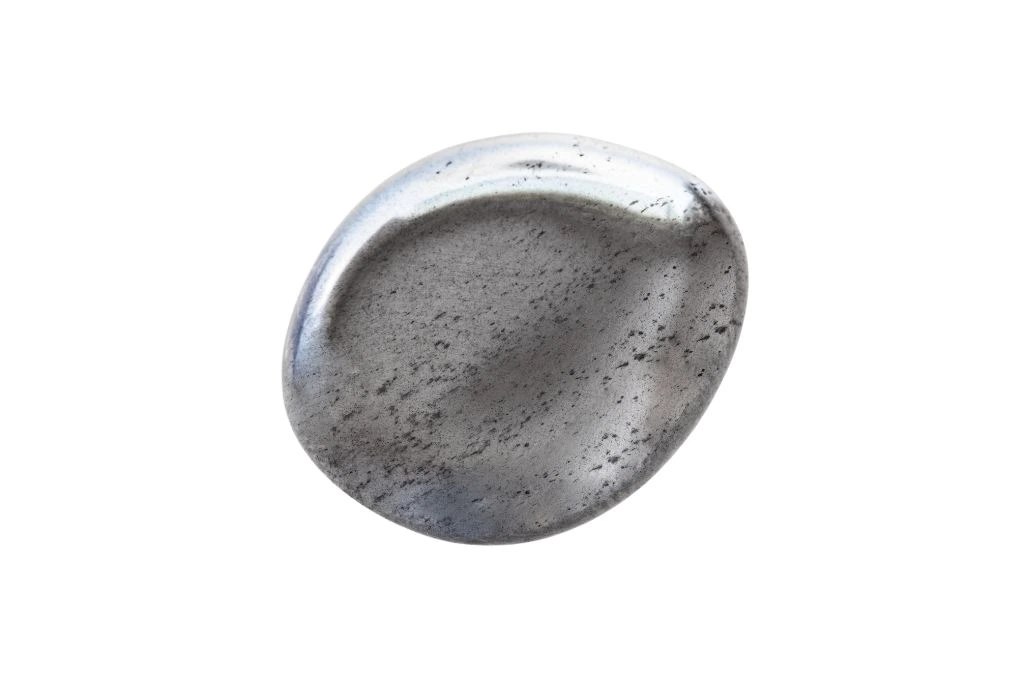
Hematite is classed as a mineral and a crystal and is found as an accessory mineral in igneous rocks. It is an iron oxide compound and can sometimes be found as a secondary mineral formed by weathering.
Hematite is a powerful healing stone that instills strength and courage into those who work with it.
Ruby
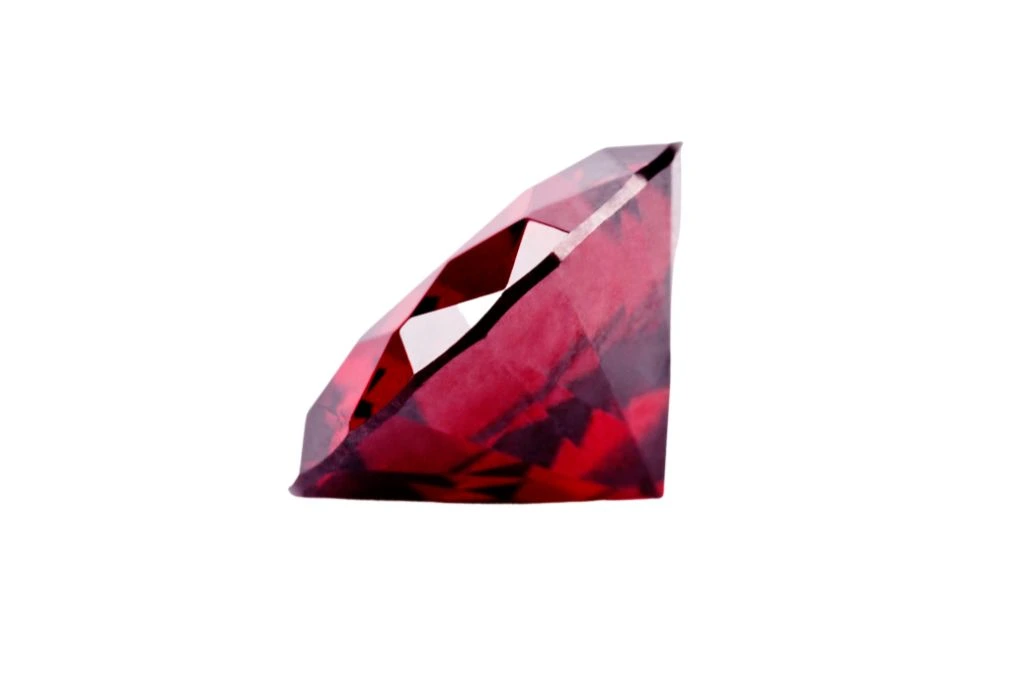
Ruby is a gemstone and a variety of the mineral Corundum. What makes Corundum classified as the gemstone Ruby is traces of Chromium within that gives it a red color. It is one of the traditional cardinal gemstones that have been valued for centuries for its beauty, color, and rarity.
Ruby harmonizes with the Heart and Root Chakras to enhance stability, passion, and love.
Amber
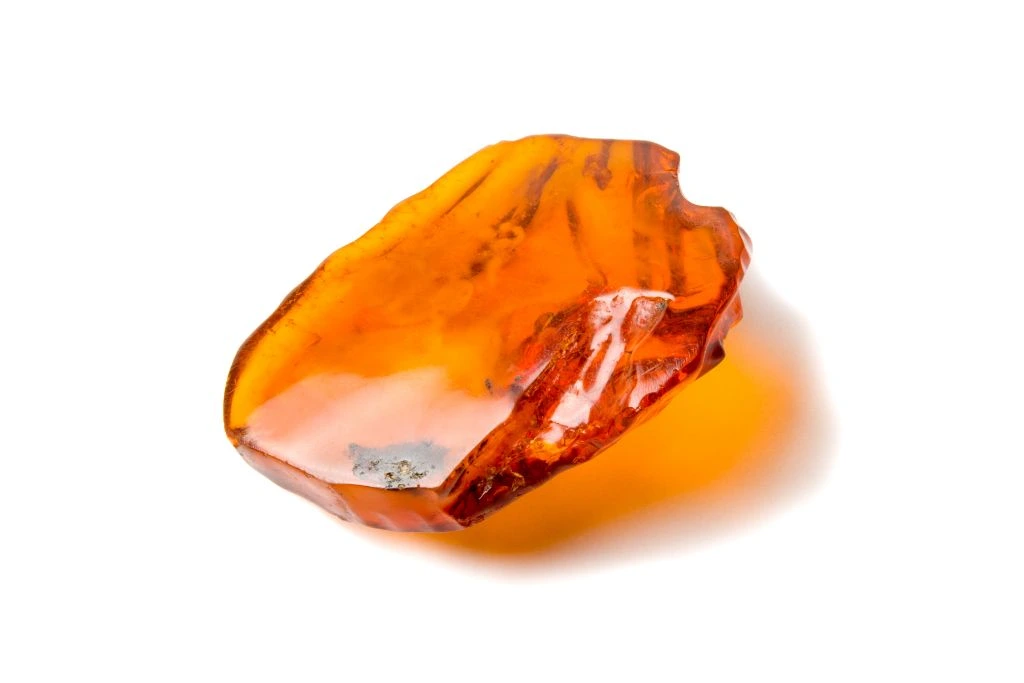
Amber is classified as a gemstone and as a mineraloid. It is fossilized tree resin, meaning it cannot be classified as a mineral or crystal. Because it is valued worldwide for its beauty and used in jewelry, it is called a gemstone.
Amber soaks up negativity and heavy moods and promotes self-worth and empowerment.
Emerald
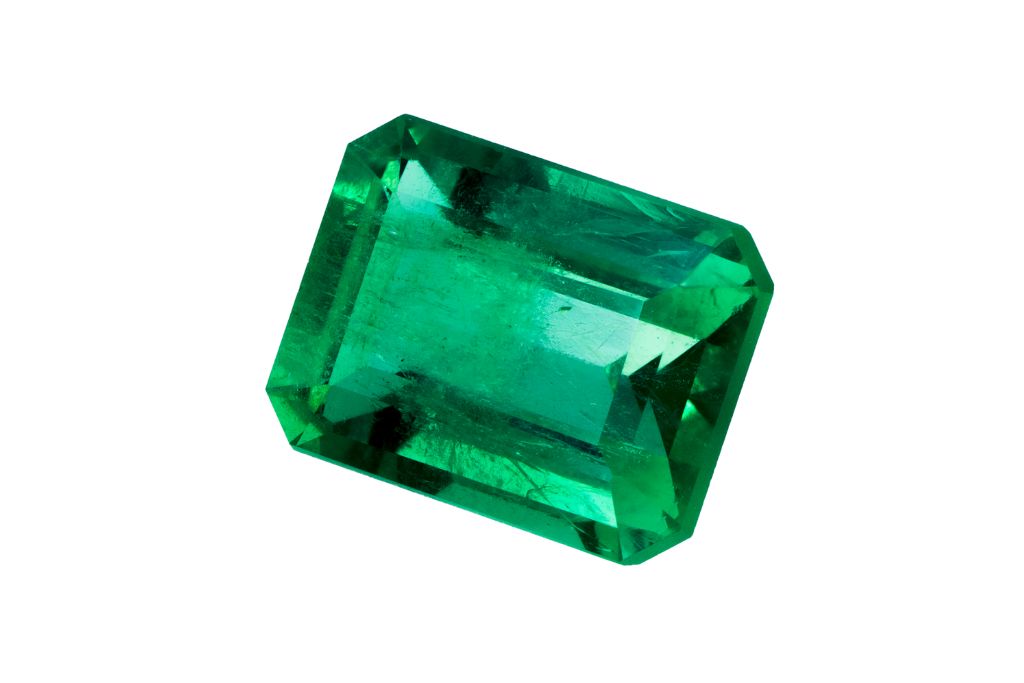
Emerald is classified as a gemstone and is a variety of the mineral Beryl. Inclusions of chromium give the Beryl mineral the green color.
Emerald opens the Heart Chakra to let love flow and heal emotional wounds.
Marble
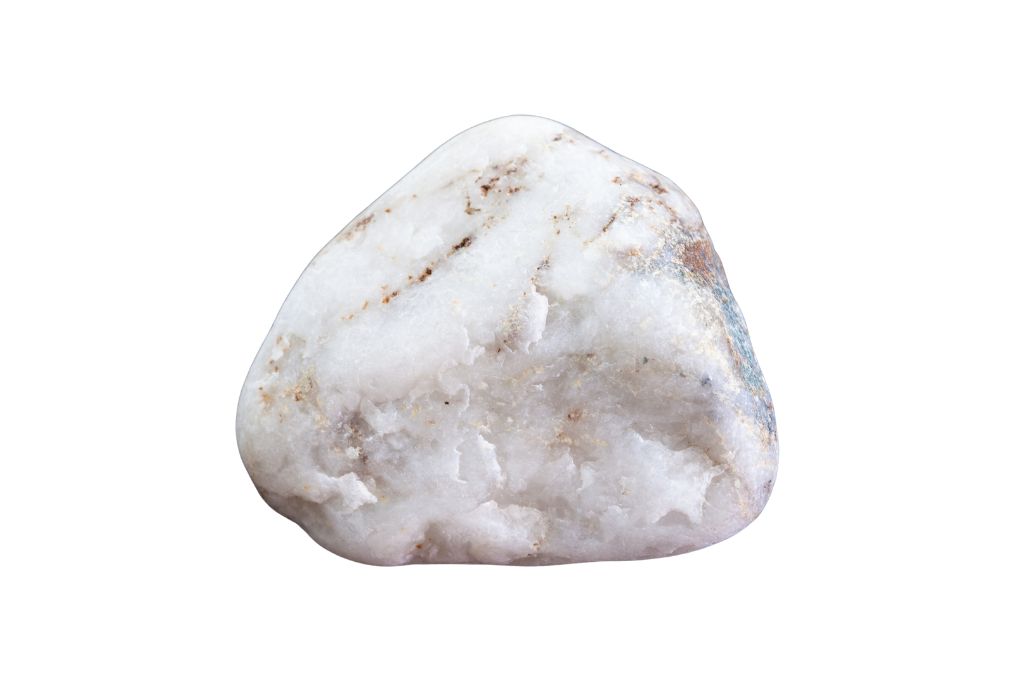
Marble is classified as a rock and a stone. It is a metamorphic rock comprised of carbonate minerals, such as Calcite or Dolomite. Marble has been used throughout history for statues and construction.
Marble promotes peace and tranquility while helping us focus on our spiritual journey.
Lapis Lazuli

Lapis Lazuli is classed as a rock and a gemstone. It is a metamorphic rock that consists of the minerals Lazurite, Pyrite, and Calcite and has been prized for centuries because of its beautiful colors and metaphysical properties.
Lapis Lazuli is a stone of wisdom that enhances psychic powers and intuition.
Moldavite
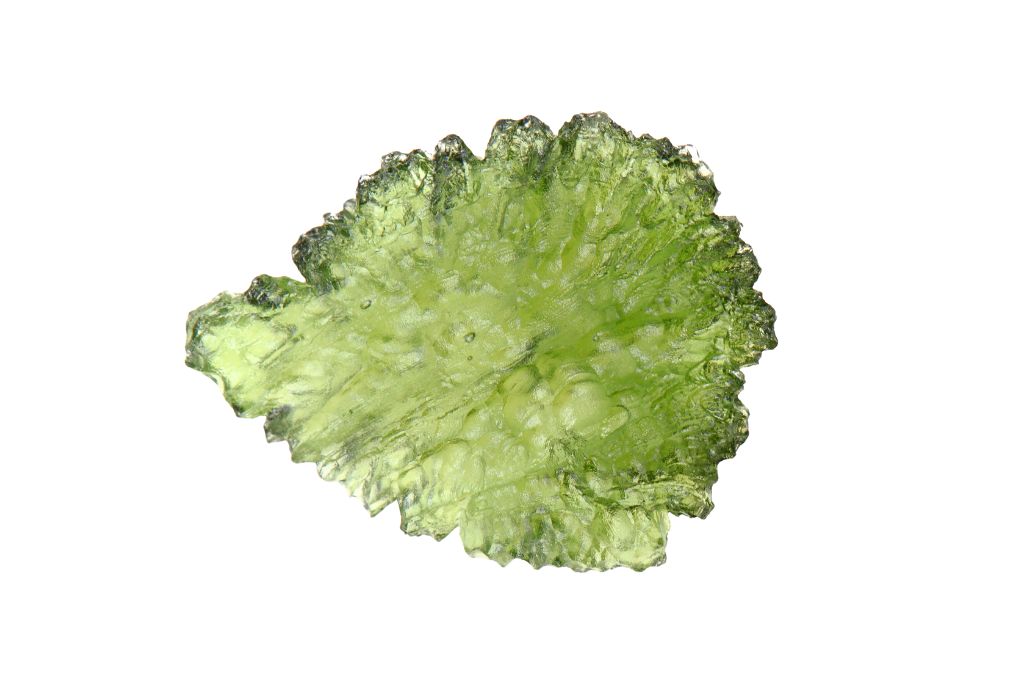
Moldavite is classed as both a gemstone and a mineraloid. It cannot be classed as a mineral or crystal because it has no crystalline structure or a definite chemical composition. Moldavite has been cut into gemstones since the mid-1800s.
Moldavite is a high-vibrational gemstone that promotes transformation, growth, and spiritual awakening.
FAQs
What is the Difference Between Stone and Gemstone?
Gemstones refer to objects that have been cut and polished, whereas stone refers to an aggregate of minerals. Most stones aren’t cut into gemstones, but there are some exceptions, such as Lapis Lazuli and Unakite.
Is a Gemstone a Mineral?
Most gemstones are minerals, but they have different definitions in geology. A mineral is a natural solid that has a highly organized internal atomic structure, whereas the term gemstone refers to crystals and other natural objects that have been cut and polished.
Are Crystals and Gemstones the Same?
No, gemstones and crystals are not the same, although some gemstones are crystals. The term crystal refers to solid objects that have a repeating arrangement of atoms that form a crystal lattice system, whereas gemstones are crystals and other natural objects that are cut into jewelry or used for carvings.
Are Crystals a Type of Rock?
No, crystals are not types of rock. Crystals have an organized, crystalized structure, whereas rocks are an aggregate of multiple minerals that lack the organized structure.
Is a Diamond a Crystal or a Gem?
Diamonds are classified as crystals and gemstones.
Identify Your Crystals, Minerals, Stones, and Gems Correctly!
We hope that this article will soon become your go-to guide for identifying crystals, minerals, stones, and gems! It did get a bit sciency back there, but you don’t need a degree in geology to determine what your “crystals” actually are.
However, whether you have crystals, minerals, stones, or even mineraloids in your collection, these gifts from nature are fantastic tools for self-development, emotional healing, and spiritual growth.
| Object | Definition | Occurrence | Composition | Structure | Examples |
| Minerals | A natural solid with a highly organized internal atomic structure. | Natural | Inorganic | Organized | Quartz, Pyrite, Garnet, and Diamond. |
| Gemstones | Crystals and other natural objects that have been cut and polished. | Natural or Manmade | Organic or Inorganic | Organized or Random | Diamond, Ruby, Sapphire, and Emerald. |
| Crystals | Solid objects that have a repeating arrangement of atoms that form a crystal lattice system. | Natural or Manmade | Inorganic | Organized | Citrine, Jasper, Fluorite, and Tourmaline. |
| Stones | A hard substance that comes from the ground. | Natural | Inorganic | Random | Granite, Basalt, Sandstone, and Marble. |
| Rocks | An aggregate of more than one mineral. | Natural | Inorganic | Random | Lapis Lazuli, Obsidian, Unakite, and Quartzite. |
| Mineraloids | Naturally occurring substances that lack ordered atomic structure. | Natural | Organic or Inorganic | Random | Jet, Amber, Opal, and Tektite. |


